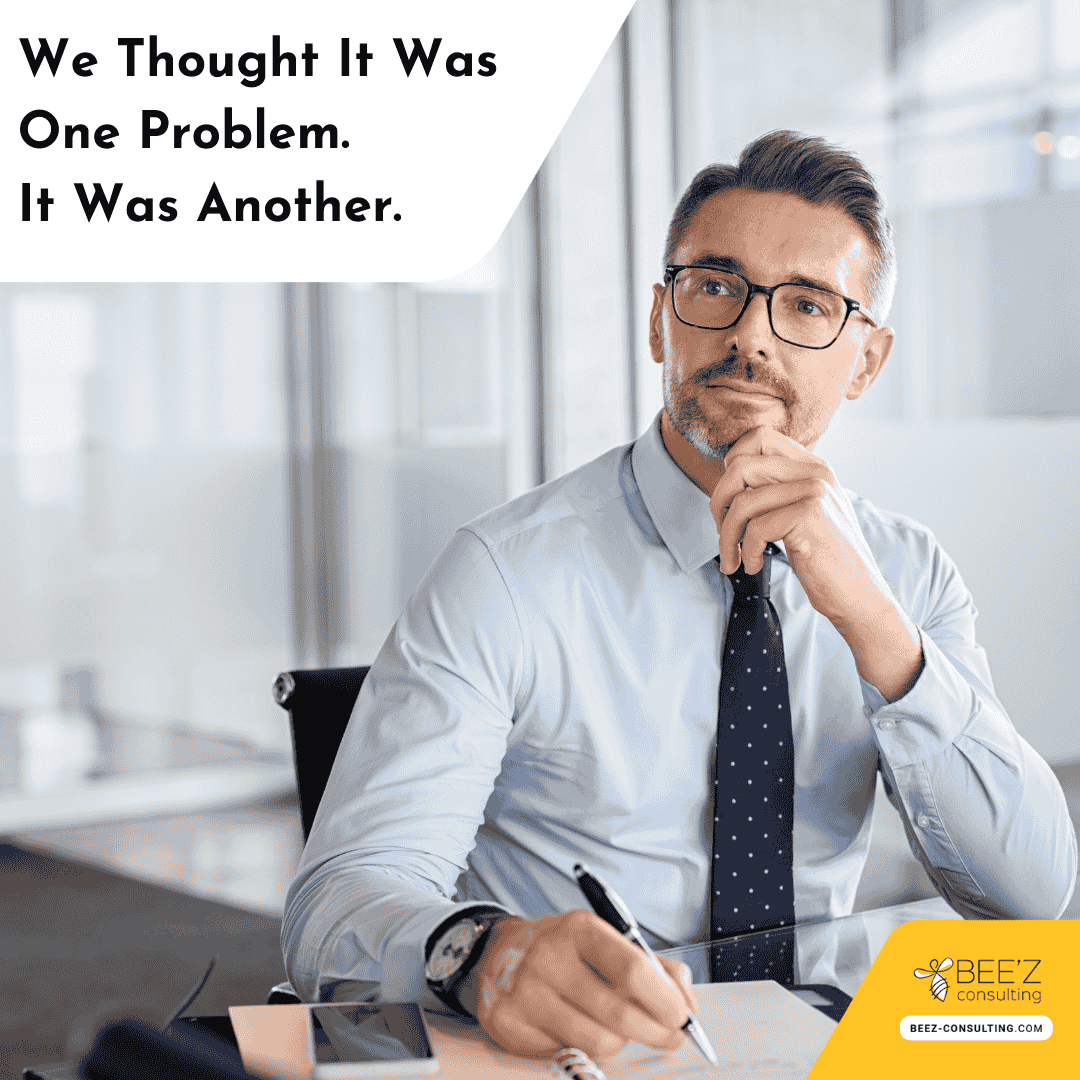Decoding Organizational Change: Strategy, Influence, and Leadership
In today’s fast-paced professional world, organizational change is not an exception — it’s the rule. Whether it stems from market shifts, evolving customer expectations, competitive pressure, or new regulations, companies must continuously adapt to thrive. But what exactly does “organizational change” mean? What strategies are required to drive meaningful change? And how can leaders address inevitable resistance?
This article breaks down the core concepts, explores strategic approaches, and shares tools that can help you navigate change successfully. When well-executed, organizational change isn’t just a challenge — it’s a springboard for innovation, performance, and long-term impact.
Understanding the Dynamics of Organizational Change
Organizational change is a complex, multi-layered process that affects structure, culture, operations, services, and even teams. Driven by both opportunity and pressure, these shifts can improve performance — or disrupt it. Understanding three key pillars is essential: organizational culture, the types of change, and what drives success.
The Role of Company Culture
Culture isn’t just a “nice to have.” It’s a foundational element that shapes identity, communication, and decision-making. Culture defines how employees interact, collaborate, and respond to change. A strong, aligned culture can accelerate transformation, while a fragmented or toxic culture can block it entirely.
Types of Organizational Change
- Continuous Change – Ongoing adjustments driven by feedback, operational improvements, or industry best practices.
- Proposed Change – Strategic initiatives like product launches, partnerships, or business model evolution.
- Directed Change – Urgent, top-down changes in response to crisis or regulation.
- Planned Change – Carefully designed, vision-driven transformation — often linked to innovation or cultural shifts.
Key Success Factors
- Clear Communication: Ensure everyone understands the “why,” “what,” and “how.”
- Tailored Objectives: Connect the big picture to each team member’s role.
- Executive Sponsorship: Leadership must be visible, committed, and resourceful.
- Change Champions: Identify and support internal influencers to drive momentum.
- Training & Support: Equip employees with skills and confidence.
- Positive Framing: Use gamification and creativity to engage teams.
- Measurable KPIs: Track and communicate progress.
- Sustainability: Reinforce the new ways of working long after implementation.
Designing Effective Change Strategies
Understanding change is just the beginning — executing it requires thoughtful strategy. Your approach must align with organizational goals, context, and stakeholder needs. Here’s how to build strategies that actually work:
Define the Objectives and Context
- What’s the root issue or opportunity?
- What are you trying to achieve, and how will you measure success?
- What type of change is this — and how urgent or complex is it?
- What external/internal factors could support or threaten the initiative?
Clear answers to these questions help shape the roadmap, clarify expectations, and gauge readiness across the organization.
Communicate & Engage Stakeholders
- Who are the stakeholders (execs, managers, employees, customers, etc.)?
- How much influence or involvement do they have?
- What are their expectations and concerns?
- What messages and channels will resonate with each group?
A tailored stakeholder engagement plan ensures you turn resistance into advocacy.
Support Employees Throughout the Journey
- What are the phases of the change journey, from preparation to post-launch?
- What skills or behaviors will employees need to succeed?
- What support systems are in place — training, coaching, feedback?
- What recognition or incentives will encourage adoption?
Change is emotional — and personal. Supporting your people is non-negotiable.
Managing Resistance and Building Influence
Resistance isn’t failure — it’s information. Employees may fear loss, uncertainty, or irrelevance. These reactions can derail even the best plans if not handled strategically.
Understand the Roots of Resistance
- Fear of the unknown or losing status
- Lack of trust in leadership or the plan
- Inadequate communication or participation
- Skill gaps or lack of resources
- Cultural mismatch or misalignment
- Fatigue from previous failed changes
Understanding these dynamics enables proactive, empathetic intervention.
Persuasion & Negotiation Techniques
- Foot-in-the-door: Start with small asks to gain bigger commitments.
- Door-in-the-face: Start big, then follow up with a more reasonable request.
- Decoy effect: Present an unattractive option to make the actual change seem favorable.
- Mirroring: Reflect language and tone to build trust.
- Yes-ladder: Use “yes” questions to create alignment.
- Win-win bargaining: Offer value in exchange for buy-in.
- Salami technique: Break changes into smaller, digestible actions.
- Facts-on-the-ground: Implement change gradually to create momentum.
Whatever approach you choose, lead with ethics, clarity, and curiosity.
Real-World Examples
- New software rollout: Resistance due to lack of training? Offer hands-on support, show impact, and highlight early wins.
- Merger backlash: Cultural identity fears? Co-design the future culture, recognize legacy value, and communicate transparently.
- Team reorganization: Apathy or anxiety? Personalize communications, involve employees early, and reward adaptability.
Conclusion: Change Is a Journey, Not an Event
Organizational change is both a science and an art. It requires data, vision, empathy, and bold execution. Here’s what we’ve explored:
- The importance of understanding change dynamics — culture, change types, and success factors
- How to build effective strategies — from goal-setting to communication and employee support
- How to influence and manage resistance — with real-life examples and proven methods
Change isn’t just something you survive — it’s something you lead. If you’re ready to transform your organization into a more agile, innovative, and high-performing version of itself, the time to act is now.
Are you navigating change or preparing for it? Let’s talk. Bee’z Consulting supports C-level teams and HR leaders in driving cultural and strategic transformations with clarity, impact, and trust.
Contact Bee'z Consulting
.png)





.png)
